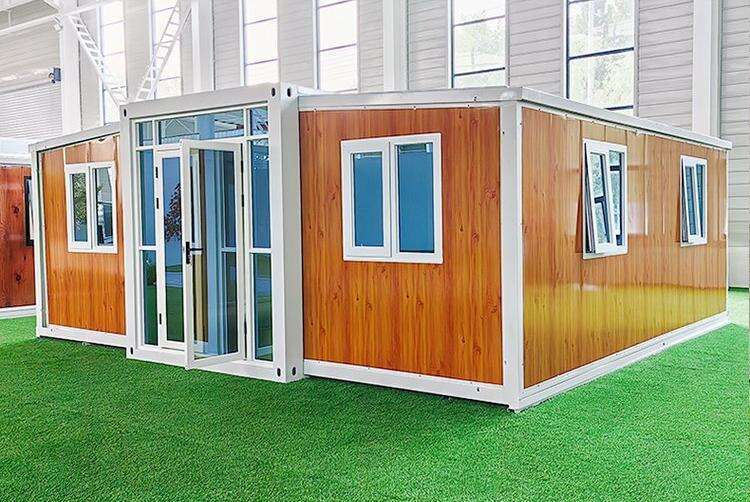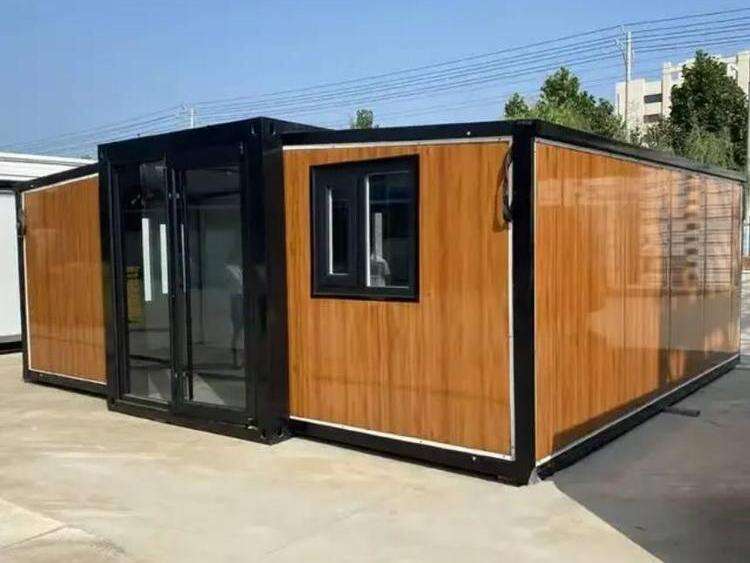Container House Daily Maintenance
Container House Daily Maintenance
Container houses have become an increasingly popular choice for affordable, durable, and flexible living and working spaces around the world. Thanks to their robust steel construction and modular design, container houses can withstand harsh weather conditions and be easily transported or modified. However, to maintain their structural integrity, appearance, and comfort, regular daily maintenance is essential. Proper upkeep not only extends the service life of the container house but also helps avoid costly repairs and ensures a safe living environment.
This article provides a comprehensive overview of the key daily maintenance tasks that every container house owner or user should keep in mind.
Exterior Inspection and Cleaning
One of the first daily tasks is to conduct a careful visual inspection of the container’s exterior. While container houses are made of weather-resistant steel, prolonged exposure to rain, humidity, or salty air can cause corrosion and rust if left unchecked. Look for any signs of rust spots, scratches, dents, or peeling paint. Early detection is critical; small areas of corrosion can be treated with rust-inhibiting primers and touch-up paint to prevent further damage.
Cleaning the outer surfaces regularly is also important. Dust, dirt, bird droppings, and plant debris can accumulate on the walls and roof, especially in windy or forested areas. Use a soft brush or low-pressure water spray to wash off grime, paying special attention to corners, edges, and joints where dirt tends to collect. A clean surface not only looks better but also allows you to spot emerging problems early.

Roof Maintenance and Drainage
The roof is one of the most vulnerable parts of a container house since it is fully exposed to weather elements such as rain, snow, and intense sunlight. Daily checks should focus on removing any leaves, twigs, or debris that might block water drainage paths or damage waterproof membranes.
Standing water on the roof is a common cause of leaks and rust. After rainfall, inspect for any puddles or areas where water has not drained properly. Ensure gutters, downspouts, and drainage outlets are clear and functional. Any cracks, holes, or worn seals on the roof surface should be repaired promptly using appropriate sealants or waterproof coatings to maintain effective water resistance.
Doors, Windows, and Sealing Systems
Container houses often feature custom-installed doors and windows that require regular attention. Daily checks include ensuring doors and windows open and close smoothly without obstruction. Inspect hinges, handles, and locks for any signs of wear or corrosion and lubricate moving parts as needed.
Equally important are the weather seals and rubber gaskets around doors and windows, which prevent drafts, water ingress, and energy loss. Check these seals for cracks, gaps, or hardness, and replace them if they are damaged or worn out to maintain insulation efficiency and indoor comfort.
Ventilation and Indoor Air Quality
Due to the metal structure of container houses, poor ventilation can lead to condensation buildup, which encourages mold growth and damages interior finishes. Opening windows or ventilation vents daily is vital to circulating fresh air and reducing humidity.
Pay attention to areas with high moisture generation, such as kitchens, bathrooms, and laundry spaces. If your container house is equipped with mechanical ventilation or air conditioning systems, perform daily checks on filters and ensure they are clean and functioning correctly. Good ventilation not only improves comfort but also protects the health of occupants.

Electrical and Plumbing System Checks
Container houses are often equipped with electrical wiring, lighting, and plumbing systems similar to traditional buildings. Daily inspection of these systems is crucial for safety and functionality.
Observe electrical outlets and switches for unusual behavior, such as flickering lights or burning smells. Inspect visible wiring for any damage or loose connections. Any electrical irregularities should be addressed immediately by qualified professionals to prevent fire hazards.
Similarly, monitor plumbing fixtures for leaks, dripping faucets, or unusual noises in pipes. Check under sinks and around toilets for signs of moisture or water damage. Early detection of plumbing issues helps avoid water waste and structural damage.
Foundation and Structural Stability
The foundation or base supporting your container house is fundamental to its long-term stability. Daily observation should include checking for signs of soil erosion, uneven settling, or water pooling around the foundation area.
If your container home is on a mobile chassis or temporary supports, ensure all anchor points and wheels (if any) are secure and functioning properly. Structural misalignment can cause doors and windows to jam and may result in cracks in the container’s walls or flooring. Address any foundation concerns promptly to maintain structural integrity.
Pest Prevention
Although container houses are relatively sealed compared to traditional homes, pests such as insects or rodents can still find their way inside, especially if there are gaps or openings.
Conduct daily inspections for signs of pests, such as droppings or gnaw marks. Seal any visible cracks or holes that could serve as entry points. Keep food stored in airtight containers and dispose of trash regularly. If necessary, use safe pest repellents or traps to control infestations early.
Documentation and Maintenance Log
Maintaining a daily log of inspections, cleaning activities, and minor repairs can significantly improve your container house’s upkeep over time. Record weather conditions, problems found, actions taken, and any products or tools used. This documentation helps track recurring issues and plan larger maintenance or professional inspections.
Conclusion
Container houses offer a flexible and resilient solution for modern living and working environments. However, their longevity and performance depend greatly on regular daily maintenance. By incorporating these simple but effective routines into your daily schedule, you can protect your investment, enhance safety, and ensure a comfortable, healthy environment inside your container home. Consistent care today means fewer repairs and greater peace of mind tomorrow.







